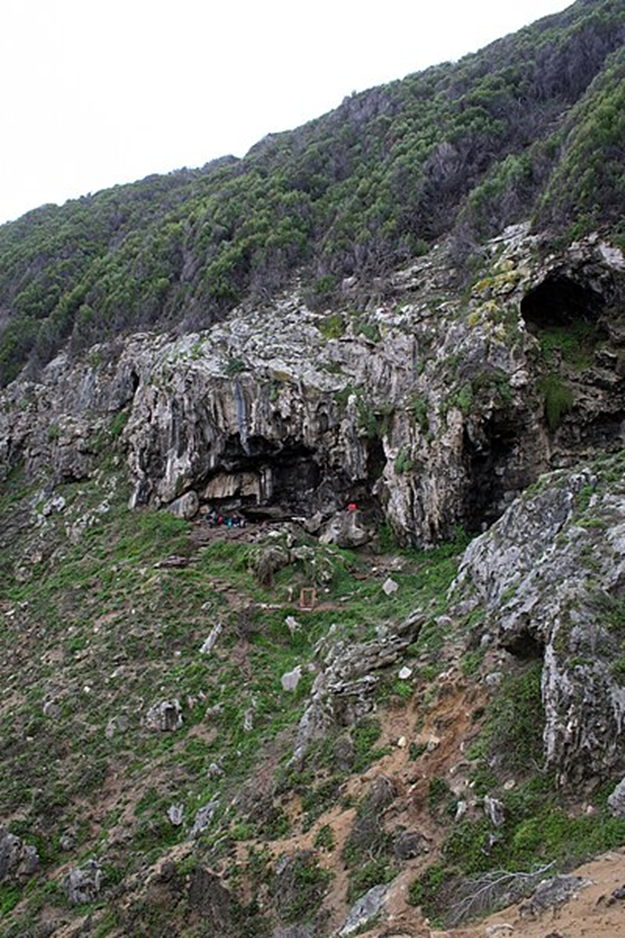Humans have been engaging in art for a long, long time. One of the earliest colors that these artists used is a vibrant red called ochre. Ancient people used it for painting walls, and possibly their skin and clothes. The fact that they often covered burials with ochre suggests they may have believed it to have magical properties.
 |
| Marco Almbauer, CC BY-SA 3.0 <https://creativecommons.org/licenses/by-sa/3.0>, via Wikimedia Commons |
At an early Neanderthal site in the Netherlands called Maastricht-Belvédère,
archaeologists excavated small concentrates of ochre, which they believe was powdered
and mixed it with water so that they could paint their skin or clothing.
 |
Gobierno de Cantabria, CC BY 3.0
<https://creativecommons.org/licenses/by/3.0>, via Wikimedia Commons |
 |
| Vincent Mourre / Inrap, CC BY-SA 3.0 via Wikimedia Commons |
Blombos Cave, in South Africa shows some of the earliest uses of ochre by modern humans. A small rock flake has a red ochre hashtag on it that was probably painted about 73,000 years ago.
Ancient use of ochre is widespread, and is documented in Africa,
Europe, the Middle East, Southeast Asia, Russia and Australia. When people
crossed over the Bering Strait land bridge from Siberia and East Asia to the
Americas, it appears they brought ochre with them. Once they were here, they
continued to mine the soft stone. Powars II, a site in the southern Rocky
Mountains of Wyoming, was first mined about 12,800 years ago. It is the only
one of the five red- ochre quarries discovered in the Americas that is north of
Mesoamerica.
Ochre was not only used for painting caves. One grave found
in Southern Wales, in the United Kingdom, in 1823 had a skeleton that had so
much ochre on it that archaeologists speculated that the skeleton must be the
remains of an indecent, scarlet woman. It turns out that they were very wrong,
and that the famous Red Lady of Paviland is actually the burial of a young man
who lived during the Paleolithic about 33,000 years ago. An Alaskan burial of two infants covered in ochre dates to about 11,500 years ago.
Some archaeologists believe that because of its color, red ochre is a symbol of blood and was used ceremonially for hunting success. Others think it was a symbol of life and fertility. Even today, the color red brings up strong emotions. When someone says they are seeing red, it means they are very angry. Red hearts are symbols of love. It’s no wonder that ochre has continued to be used as a pigment throughout antiquity, medieval times, the Renaissance, and continues to be used today.







No comments:
Post a Comment